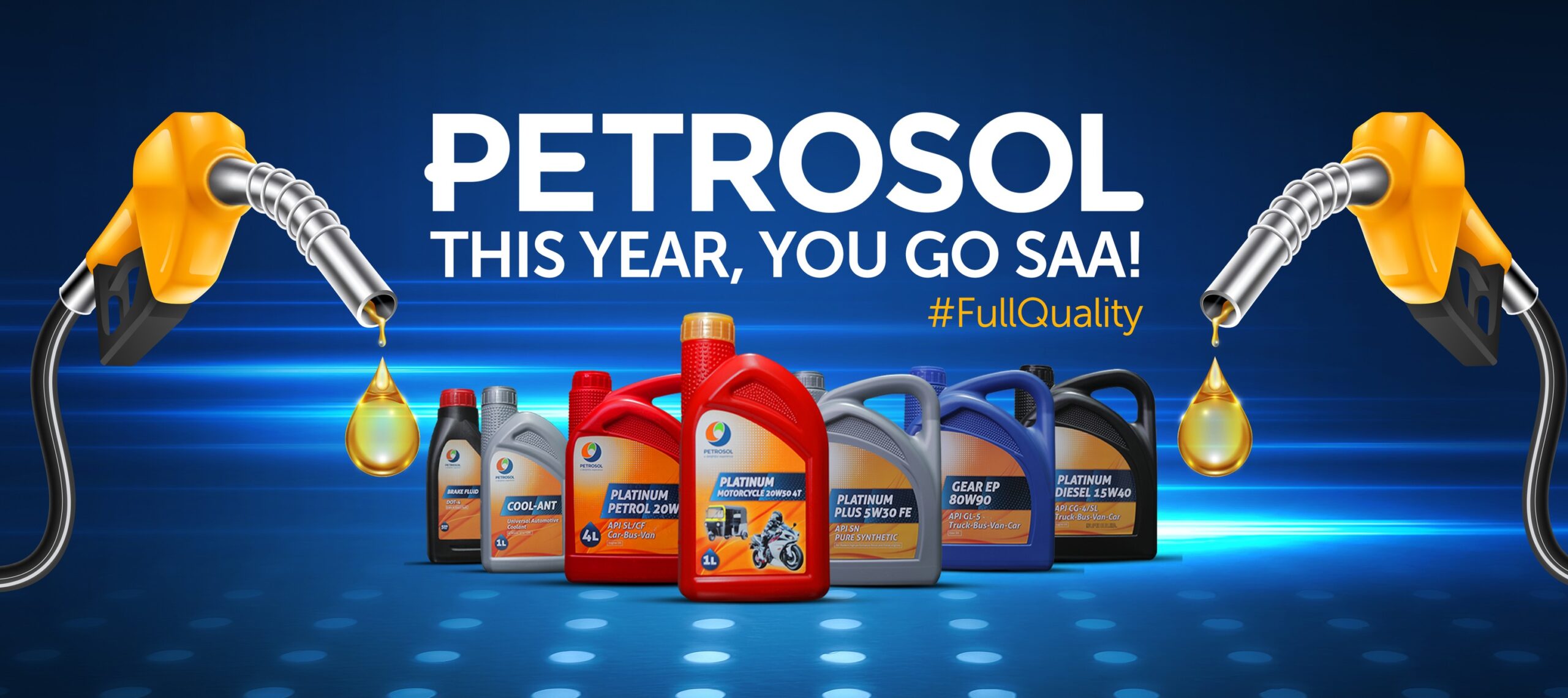South Africa’s power utility company, Eskom, has cautioned against building houses and structures under its high-voltage power lines.
Eskom said such practices are very dangerous and wants South Africans to stop it.
In a statement issued Monday, February 19, 2024, by Eskom’s Senior Corporate Manager for Occupational Hygiene and Safety, Miranda Moahlodi, said the power utility company had observed an increase in such structures built within servitudes—the land below and adjacent to power lines.
“This is not only against Eskom regulations but also poses several safety risks,” the power utility said.
“This servitude belongs to the relevant landowner in that area, but Eskom has the sole right to this land since we must maintain and fix that line from time to time.”
Eskom said the “common belief” that power lines were harmless because of their size and distance from the ground must be corrected.
“It is challenging to ensure the safety of those who live within power line servitudes, and residents are prohibited from doing so to protect the safety of communities,” Eskom said.
The utility explained that the electric potential transmitted or distributed through power lines could be up to 765,000 volts.
“A fault anywhere on the power line may cause very high current to flow down to the ground. If somebody is close to the line, the current can flow through the person and kill him or her,” Eskom warned.
“Also, a line may break due to strong winds or bad weather and land on a house or a person, which could kill or seriously hurt the inhabitants.”
Eskom further said there had been incidents in which residents were injured due to metal objects making contact with live electricity.
“Metal is a very good conductor of electricity and there is a possibility of an arc to a shack built within a power line servitude,” it warned.
“If lightning hits the line, as it does in many cases due to the height of a line, a flashover of electricity may occur to the homes in the servitude.”
Eskom also gave specific advice to those in charge of allocating or developing land.
Eskom said chiefs or traditional authorities who wanted to give their people pieces of land close to an Eskom servitude needed to speak to a local Eskom office first.
“The traditional leaders and Eskom can then, together make sure that all the people are allocated land away from the power lines, ensuring their safety,” said Moahlodi.
Developers should also ensure the required clearance is maintained when access roads are built crossing Eskom’s servitudes.
“Beyond the direct safety issues this can cause, building close to and/or under power lines makes it difficult for Eskom to conduct infrastructure inspections, which can affect the supply of power in an area and hinder the early detection of issues that could cause major damage,” the power utility said.
“Eskom uses various types of machinery to maintain its power lines, such as big trucks, which require enough space to access the structure.”
“We also use helicopters to perform live line maintenance, and as such, it becomes risky to the people living under the lines.”
The utility service provider added that Eskom staff often needed to remove or replace pieces of equipment when they maintained or strengthened these lines.
“These pieces of equipment, which are often heavy, could fall on the dwellings or people below the line,” Eskom warned.
Source:https://energynewsafrica.com
Discover more from Energy News Africa
Subscribe to get the latest posts sent to your email.



